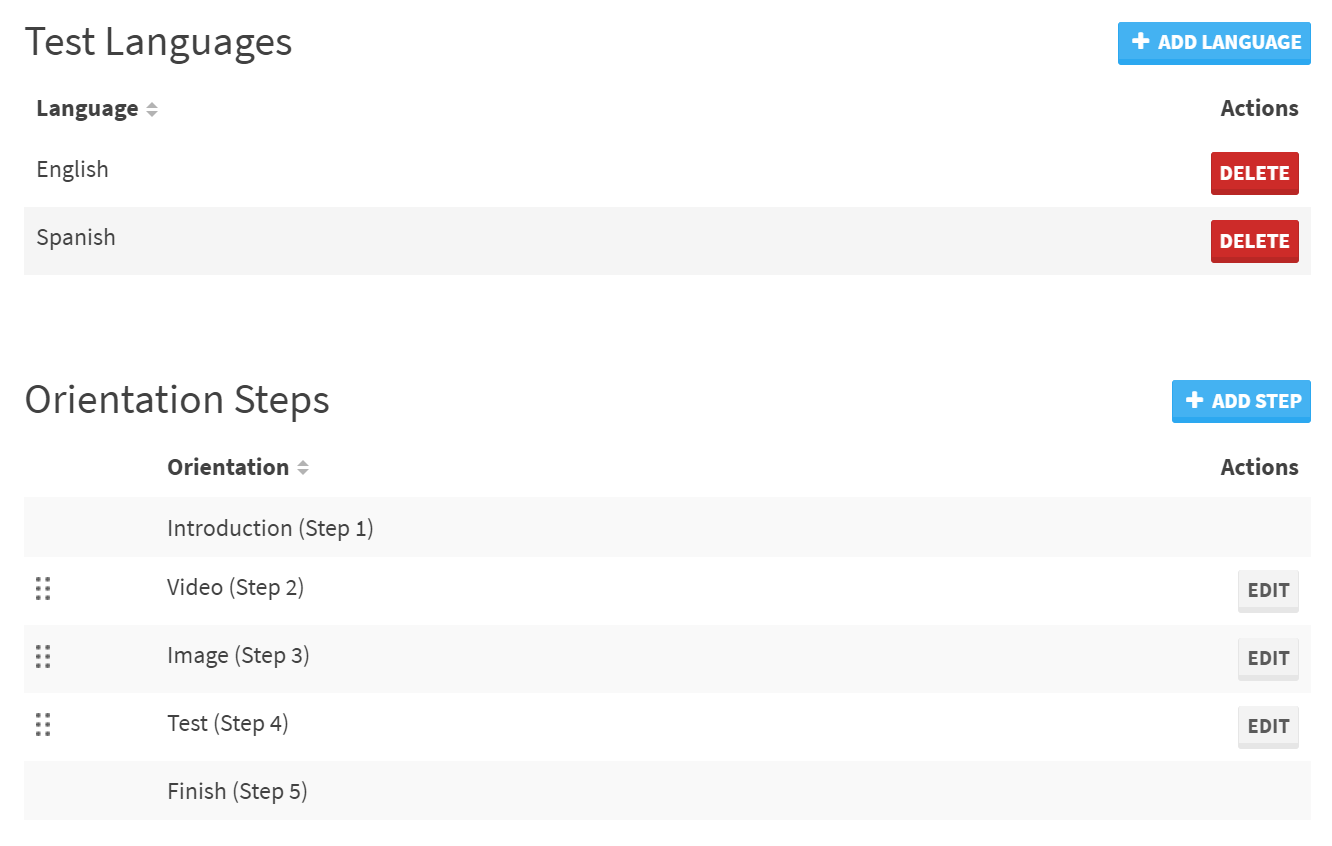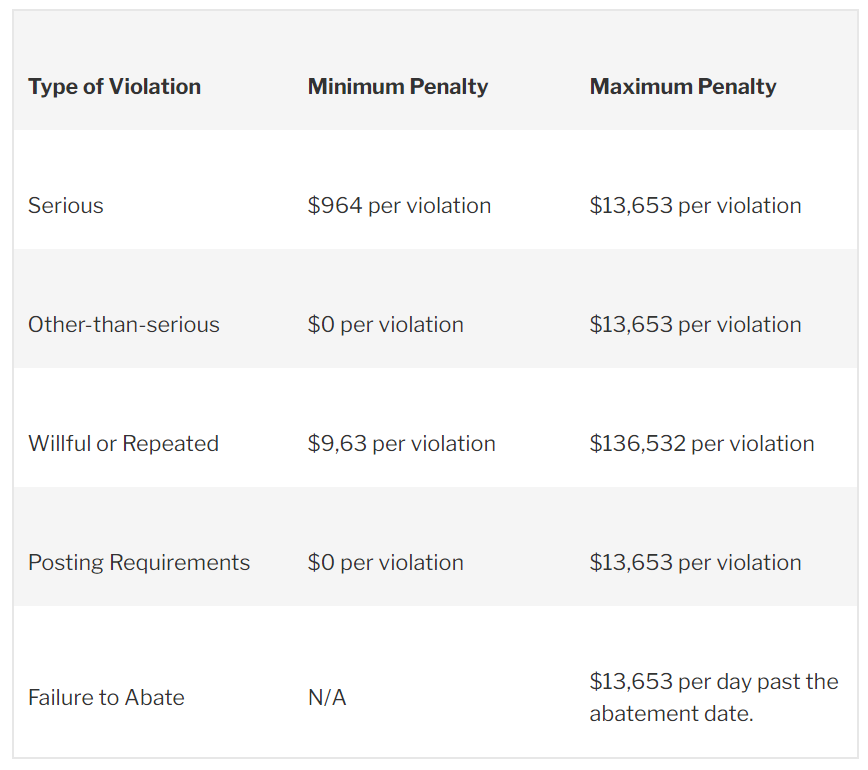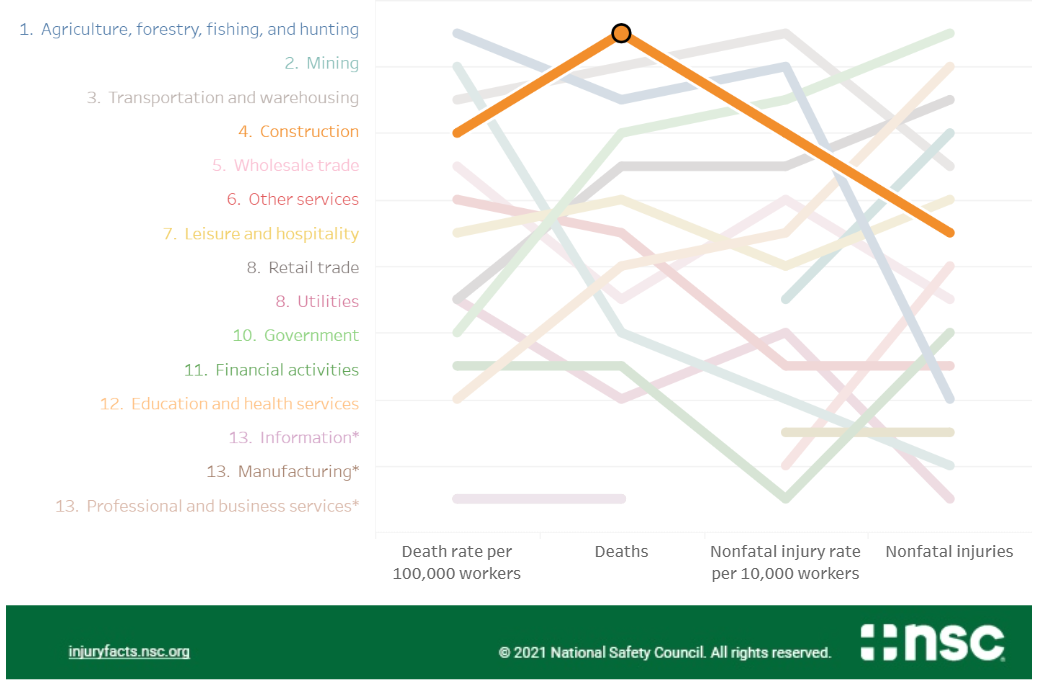Construction safety orientations are essential to ensure a qualified workforce. On major projects, general contractors (GCs) and Construction Managers (CMs) might be overseeing hundreds of different subcontractors throughout the duration of a project. Promoting safe work on projects like this is paramount, and a proper site safety orientation is one of the first steps.
Read on to find out the different elements of a comprehensive contractor orientation program, and why proper site inductions are essential to ensure regulatory compliance, minimize the risk of incident, and improve labor efficiencies on projects.
Optimize your contractor orientation with myComply’s adaptable orientation technology.
What Is a Contractor Orientation?
Contractor orientations are a formalized process whereby the CM or GC of a project will facilitate a project orientation, which encompasses general, site-specific, and (sometimes) trade-specific orientations to promote safe operations for all workers on their site.
Here’s what each of those contractor orientations look like.
General Orientation
The first component in every site orientation is for the GC or CM to perform a general orientation. A general orientation is often the first introduction that workers will have to the GC or CM that is overseeing a project.
The purpose of the general orientation is as follows:
- To introduce all project workers to your company and instill corporate values.
- To set the precedent for the caliber of safety culture that will be enforced onsite.
General orientations were once conducted strictly onsite (predominantly in a field office) by a Project Manager (PM). The orientation will sometimes conclude with a site tour to address entrances, exits, emergency exits, muster points, and anything else deemed tangible to safe site operations. Other times, this is done via a site logistics map or plan.
However, since the onset of the COVID-19 pandemic, many construction firms have had to rethink the way that they approach general orientations. As a result, many GCs and CMs have switched to a complete digital general orientation delivery, or a mixed digital/in-person delivery. These mixed models are beneficial as some portions of the orientation can be completed before workers ever step onsite. This means that less time lost for onsite personnel, no need to accommodate last-minute employees, and less delay getting workers onsite. The result is performance-related cost savings, and an ability to better track orientations in a digital format.
Orientation solutions like myComply make this a reality for GCs and CMs.
Site-Specific Orientation
Unlike general orientations, site-specific orientations usually need to be conducted in-person and onsite. These components of the orientation and onboarding process pertain to physical site attributes.
The purpose of the site-specific orientation is as follows:
- To cover worker, subcontractor, and project owner rights based on the local governance.
- To identify important site-specific locations, such as points of entrance/exit, emergency exits, as well as muster points.
- To highlight emergency contacts and methods of communication to be used in the event of an emergency.
- To introduce workers to site safety managers, PMs, and other essential staff onsite.
- To introduce any technologies being used that workers may be unfamiliar with.
- Give workers an opportunity to ask questions about safety parameters for the tasks they will be engaging in.
Trade-Specific Orientation
Trade-specific orientations are generally reserved for large projects and subcontractors/workers that are taking part in higher-risk activities on the project.
The purpose of the trade-specific orientation is some of the following:
- Provide more prescriptive training for trade workers that will be exposed to the greatest severity of risk onsite (ex. in-depth onsite fall arrest training for all hang welders on a given project).
- Project specific procedural demonstrations for any activities that may be different from normal working activity (ex. glass workers being required to log units on a project management system at the end of every workday).
- Introduction to any technologies that may be new to certain workers/subcontractors (ex. if you are a GC and adopted a new building information modelling (BIM) system that your concrete sub has never used).
Why is a Contractor Orientation Important?
Contractor orientations are an essential tool for promoting the safety culture of your firm to all workers that will be working on your project through various subtrades. But, beyond that, they also serve to reduce expenses for GCs/CMs. Here’s how.
1. Regulatory Compliance
In the United States (US), the OSHA Act makes all employers accountable for providing safe and healthful workplaces. Additionally, all US employers must comply with the General Duty Clause of the OSH Act, which requires employers to keep their workplaces free of serious recognized hazards.
More specifically, Title 29 of the Code of Federal Regulations Part 1910 states that all contract workers must be properly educated on the following:
- Adoption and extension of established federal standards.
- Walking-working surfaces present on the jobsite.
- Exit routes, muster points, emergency action plans, emergency reporting procedures, and all necessary emergency response planning.
- Powered platforms, manlifts, and vehicle mounted work platforms that will be utilized on the project site.
- Occupational health and environmental control (ventilation, noise exposure, radiation exposure, and any additional environmental risks)
- Hazardous materials onsite (compressed gasses, acetylene, hydrogen, oxygen, flammable liquids, etc).
- Personal protective equipment.
- General environmental controls (sanitation, color coding for safety, energy controls/electrical, confined space outline, etc).
- Medical and first aid.
- Fire protection and prevention.
- And additional trade/operation specific requirements.
Access the complete list of OSHA training requirements here.
The flip side of compliance is regulatory violation. When thorough contractor orientations are not provided, there is a risk of OSHA violations. Such violations not only put workers at risk, but they can also result in steep fines if caught by a state officer.
In fact, OSHA fines can cost GCs and CMs up to $13,653 per violation, and these fines increase for repeated behavior or failure to abate.
Here is the full breakdown based on category of violation:
Source: Safety by Design
And here are the most frequented OSHA violations, based on industry:
- Fall Protection, construction
- Hazard Communication Standard, general industry
- Respiratory Protection, general industry
- Scaffolding, general requirements, construction
- Ladders, construction
- Control of Hazardous Energy, general industry
- Powered Industrial Trucks, general industry
- Fall Protection–Training Requirements
- Eye and Face Protection
- Machinery and Machine Guarding, general requirements
See the full report here.
This report paints a clear picture of the dangers in construction work, with construction being the only industry distinctly leading all others in three of the top ten non-compliance categories.
2. Safer Jobsites
Construction has consistently been one of, if not the most dangerous industries in the United States. In fact, construction leads all other private sectors in fatalities, with 1,061 recorded deaths in 2019, accounting for just shy of 20% of the total workplace deaths of 5,333.
Over recent years, safety in construction has become of paramount importance. In fact, the incidence rate for all recordable nonfatal injury and illness for construction workers decreased from 13.1% in 1992 to 5.4% in 2007–and that number continues to decline. This decline can largely be attributed to the increase in safety regulation put-forth by the OSHA as well as the individual efforts of GCs and CMs across the country.
Orientations serve to make jobsites safer by providing regulatory education, site-specific risk training, while also helping workers to familiarize themselves with the project and prepare for safe work in accordance with the safety culture that firms put-forth.
3. Labor Efficiency
One of the most important aspects of contractor orientations is the dividends that they pay GCs and CMs in the long term. That is because construction is a notoriously low-margin industry, with most mega projects realizing margins as low as 1.5-2%. With such little breathing room, and highly competitive bid markets, large construction firms can’t afford any inefficiencies on their projects.
Learn more: 4 Tactics to Increase Mega Construction Profit Margins
Strong site serve to improve worker efficiencies by increasing speed-to-production, providing in-depth project education, while also encouraging safer onsite behavior. In fact, orientation/onboarding programs are proven to increase employee performance by as much as 11%. That means that an efficient worker orientation program might mean the difference between barely breaking even on a project and driving double-digit margins.
Conclusion
As you can see, the risk in not performing a proper site safety orientation is high. Fortunately, the conversation doesn’t have to end here. New era processes and technologies are making it easier than ever before for GCs and CMs to optimize their orientations. Orientation’s platforms make it possible to conduct some components of the orientation before a worker ever arrives on site. Tracking platforms and access control systems make it possible to ensure that every worker onsite has completed their orientation.
Interested in finding out more on how modern technologies are reshaping site safety orientations in the construction space? Check out The Evolution of Construction Orientations!






